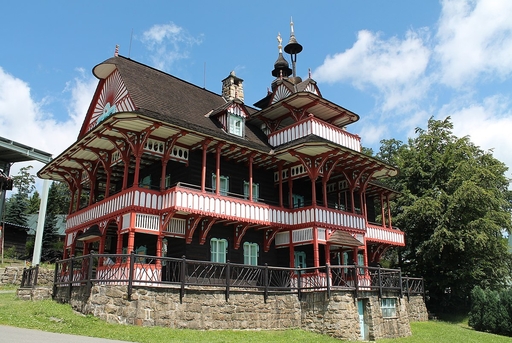
A unique complex of wooden buildings in folk style, designed by the Slovenian architect Dušan Jurkovič and located in the Moravian-Silesian Beskids.
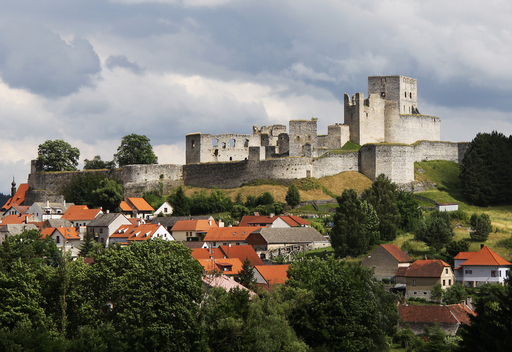
The largest castle ruin in the Czech Republic, located in the eponymous town in Plzeň Region. It is famous for its massive fortifications, which were some of the most advanced in the country at the end of the Middle Ages.

The highest railway bridge in the Czech Republic. It spans the Elbe between Děčín and Prostřední Žleb.

The first large railway viaduct in Czechoslovakia made from concrete. It is located on the railway line between Benátky nad Jizerou and the Vinec municipality near Krnsko.
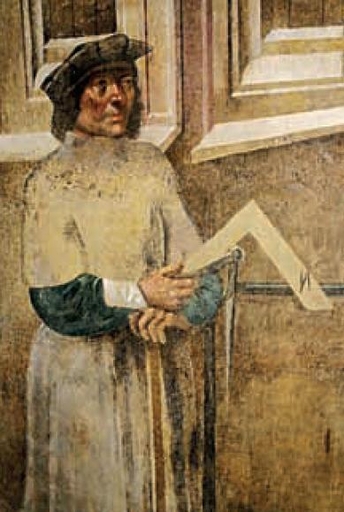
Court architect to King Vladislaus II Jagiellon, Louis II Jagiellon and Ferdinand I. In Bohemia, he built representative sacred and secular buildings, as well as military structures, which are some of the most valuable architectural works of late Middle Ages in Central Europe.

Czech architect and designer, who significantly contributed to the reconstruction of Prague Castle.

Romanesque rotunda from 11th – 12th centuries, located on the premises of the castle of the Přemyslid dynasty in Znojmo. Because of its unique murals, it is one of the most important medieval monuments in the Czech Republic.

Pre-Romanesque church and remains of a Přemyslid hillfort near the northwest outskirts of Prague. One of the important centres of power at the beginnings of the Czech state and the oldest standing building on the territory of the Czech Republic.
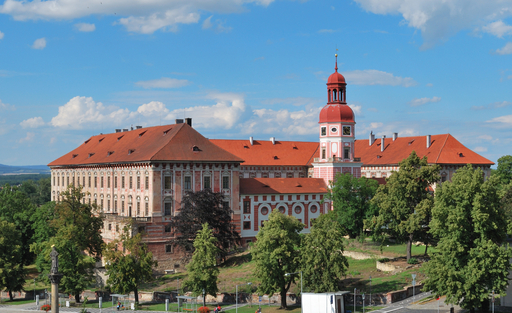
Early Baroque chateau in the eponymous town in the Ústí nad Labem Region, largely preserved in its original appearance. It is mentioned as the fourth largest chateau in the Czech Republic.
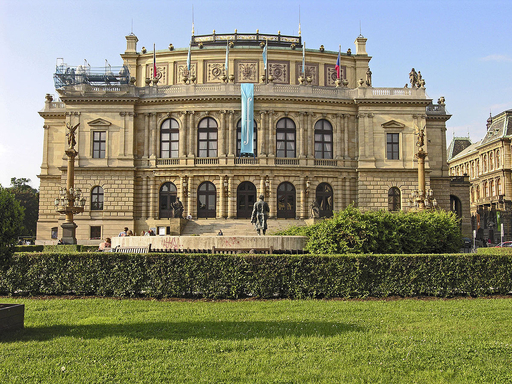
One of the most important public buildings in Prague, created by foremost 19th-century Czech artists, which now houses an important gallery and serves as a venue for the Prague Spring festival.
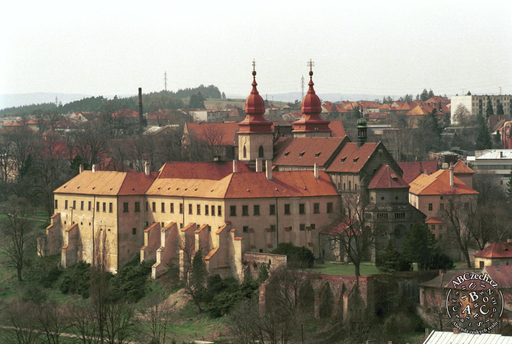
Ensemble of monuments in the town of Třebíč inscribed on UNESCO’s World Heritage List, consisting of the architecturally unique Late Romanesque Basilica of Saint Procopius and the exceptionally well preserved collection of buildings of the local Jewish Quarter.

The largest and most important church in the Czech Republic, a dominant feature of Prague Castle and one of the symbols of Czech statehood, in which kings of Bohemia were traditionally crowned and buried.
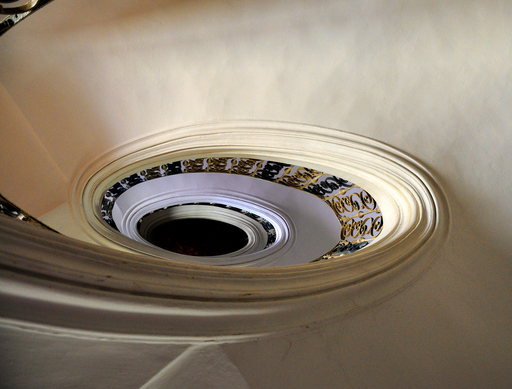
One of the leading representatives of Czech Baroque architecture. He became famous for his unique style called Baroque Gothic.

Former monastery in central Bohemia. It is most famous for its founder, Saint Procopius, as well as one of the symbols of the Old Church Slavonic cultural tradition in Bohemia. It was inscribed on the list of national cultural monuments in 1962.

Central Second World War memorial in the Czech Republic, located in the municipality of Hrabyně, in Czech Silesia.
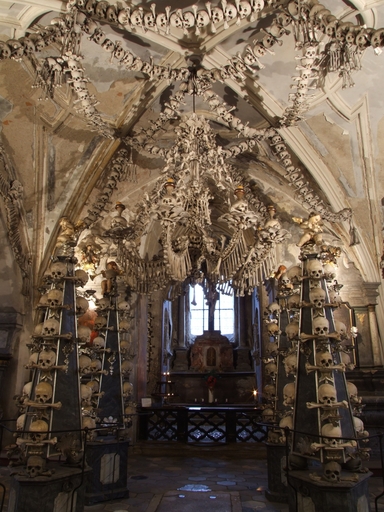
Unique cemetery chapel whose interior is decorated with human bones. Artistically exceptional type of ossuary, a sacred building for storing skeletal remains. One of the unique architectural projects by Santini, a Baroque Gothic architect.
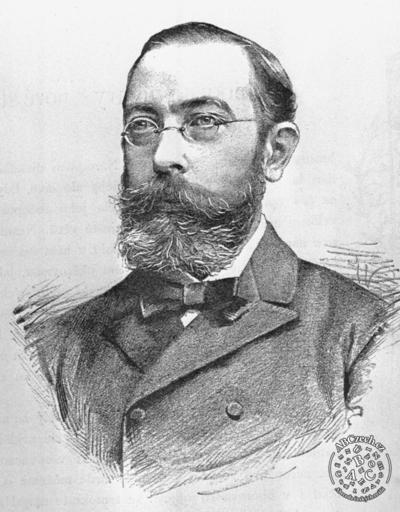
Distinguished Czech architect and teacher, author of key public buildings of the 19th century, such as the National Theatre.
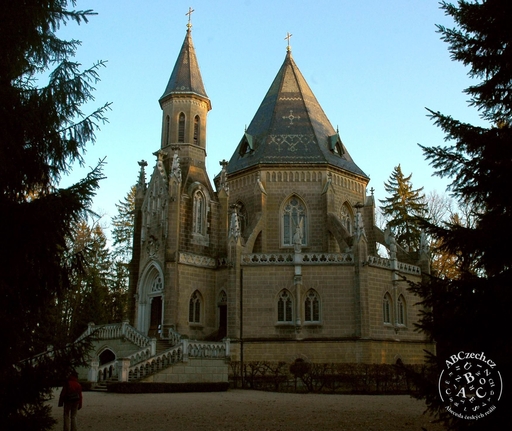
Unique monument of Czech Neo-Gothic and historicist architecture. It was built during the last quarter of the 19th century and became the official burial place of the Schwarzenberg aristocratic family. It is a technically unique structure, combining ingenuity and reverence.
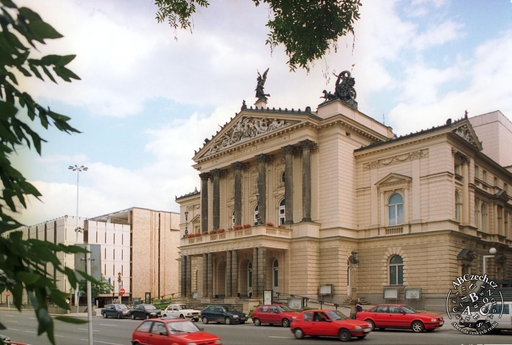
Historic theatre building in the Vinohrady district of Prague, one of the scenes of the National Theatre. Its repertoire mostly consists of opera and ballet. It is the largest theatre space in Bohemia.
2016-2020 ABCzech.cz - © Filozofická fakulta Univerzity Karlovy
Content from this website may be used without permission only for personal and non-commercial purposes and with the source cited. Any other use is allowed only with the authors' consent.
This web application Sonic.cgi meets GDPR requirements. Current information can be found here.